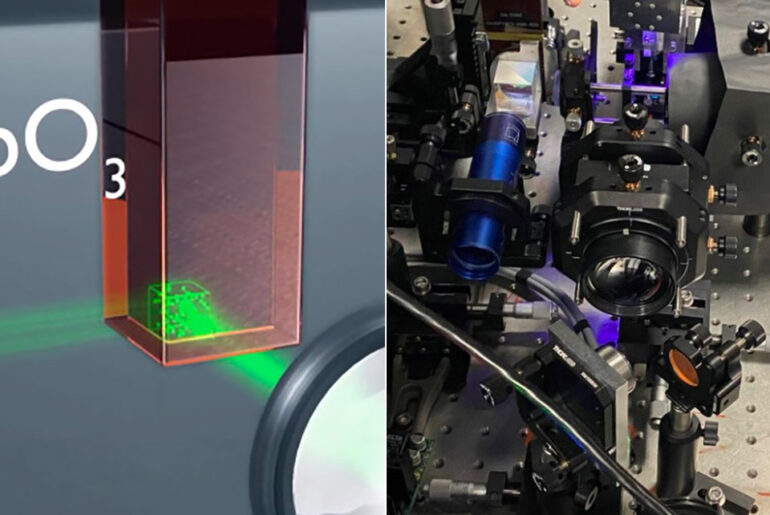
Microsoft’s new Project HSD gives us a glimpse a holographic storage, which is rewritable and perfect for storing data in the cloud. The team deployed these recently developed high-power fiber laser systems to reduce the write and read times by over an order of magnitude to support high access rates, thanks to an optical crystal. These data sets can then be deleted from the crystal with UV light and then reused.
Previous attempts at holographic storage required complex optics to achieve one-to-one pixel matching from the display device to the camera to maximize the density. Today, they can use high-resolution cameras and modern deep learning techniques to shift the complexity into the digital domain. This means being able to use simpler, cheaper optics without pixel matching and compensate for the resulting optical distortions with commodity hardware and software.
- What's in the box: Xbox Series S 512GB console, 1 Xbox Wireless Controller, High Speed HDMI cable.
- CPU: 8X Cores @ 3.6 GHz (3.4 GHz w/SMT) Custom Zen 2 CPU; GPU: 4 TFLOPS, 20 CUs @1.565 GHz Custom RDNA 2 GPU; SOC Die Size: 197.05 mm2.
- Memory: 10GB GDDR6 128 bit-wide bus; Memory Bandwidth: 8GB @ 224 GB/s, 2GB @ 56 GB/s.; Internal Storage: 512GB Custom NVME SSD
This approach also reduces the manufacturing tolerances as the system can be compensated and calibrated at runtime in software. Using this combination of high-resolution commodity components and deep learning has already enabled us to increase the storage density by 1.8x over the state of the art,” said Microsoft.



